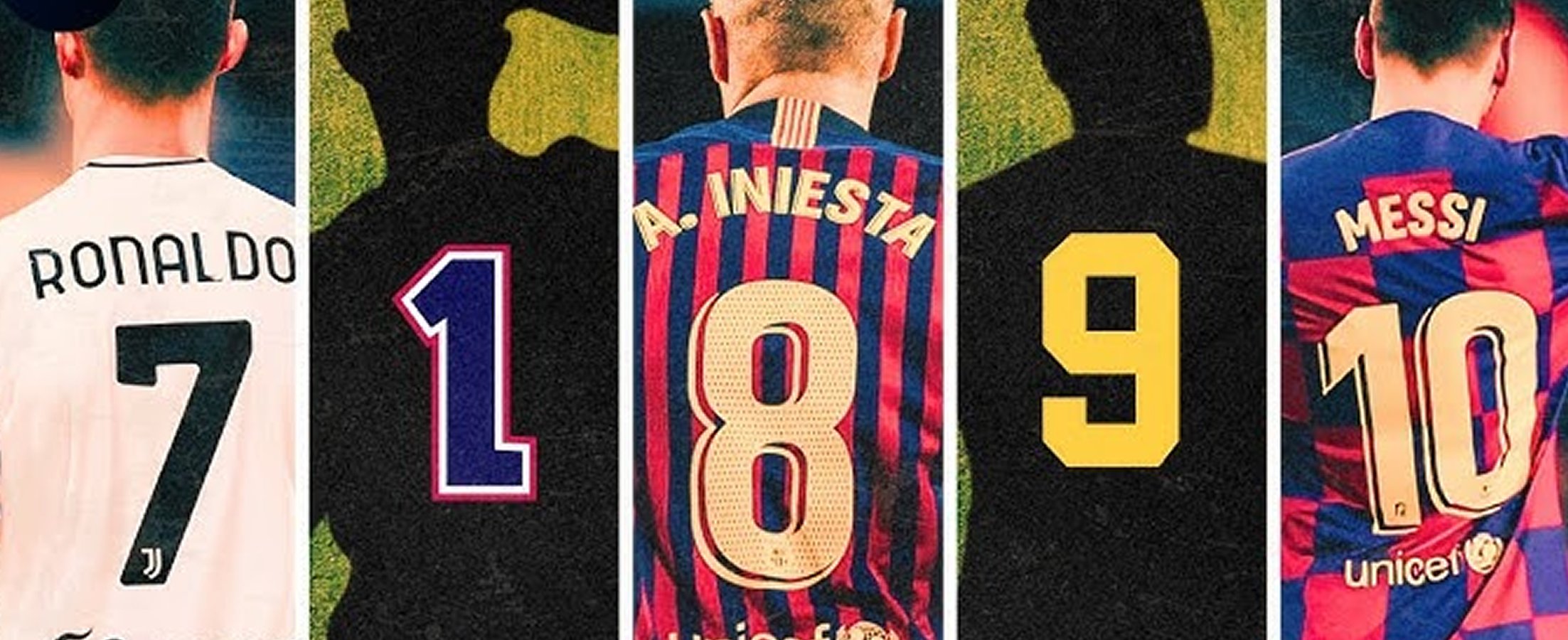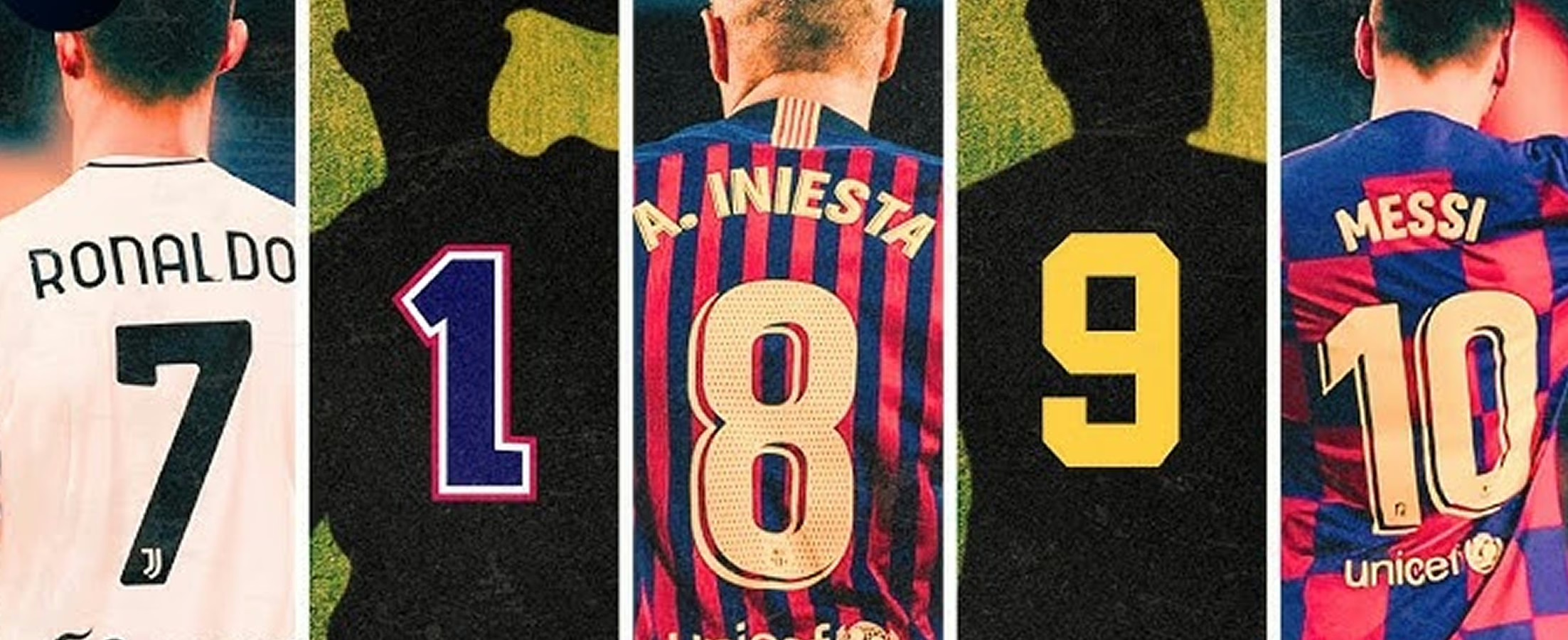
In football, certain jersey numbers have become emblematic: the No. 10 represents creativity and vision, No. 7 is linked to dazzling skill and star power, No. 9 signifies lethal goal-scoring ability, and No. 1 is reserved for the courageous goalkeeper.
But have you ever paused to consider the origins of these iconic numbers? Why is it that goalkeepers almost always sport the No. 1, while strikers are traditionally associated with No. 9?
Let’s explore the intriguing origins and evolution of squad numbers in football.
### The Origins of Shirt Numbers in Football
Football players didn’t always wear numbers. In the sport’s infancy during the late 19th century, kits were plain, and spectators identified players through match programs or by memory. The turning point came in 1928 when Arsenal faced Chelsea in a historic English league match where players donned numbers on their backs for the first time. This innovation aimed to help fans, officials, and journalists distinguish players’ roles on the pitch more easily.
Initially, numbers corresponded to specific positions rather than individual players. This system gave rise to the classic “1 to 11” numbering, reflecting the starting lineup since substitutions were not yet permitted.
### Why Goalkeepers Are Assigned No. 1
The goalkeeper traditionally occupies the deepest position on the field, and numbering began from the back. In the old 2-3-5 formation, often called the “pyramid,” the goalkeeper was assigned the first number, No. 1. This number quickly became a symbol of the position’s unique responsibility.
Over the years, the No. 1 jersey has become a prestigious emblem for goalkeepers. Legendary keepers like Gordon Banks, Gianluigi Buffon, and Manuel Neuer have all proudly worn it. When a goalkeeper opts for a different number, it often feels unusual to fans-take, for example, Chile’s Claudio Bravo, who wore No. 13 at Barcelona, a choice that took some time for supporters to accept.
### The Significance of No. 9 for Strikers
At the opposite end of the pitch, the No. 9 jersey is synonymous with the centre-forward role. In the traditional 2-3-5 setup, the main striker was assigned the ninth number, symbolizing their role as the team’s primary goal threat.
Throughout football history, the No. 9 has been donned by some of the most prolific scorers: Alfredo Di Stéfano, Ronaldo Nazário, Alan Shearer, Samuel Eto’o, Robert Lewandowski, and Erling Haaland, to name a few. This number carries the weight of expectation and is often the dream number for aspiring forwards. When a club assigns the No. 9 to a new signing, it signals their intent to have a potent goal scorer leading the attack.
### How Squad Numbers Have Transformed Over Time
For many years, squad numbers were rigidly linked to positions: defenders wore 2 to 5, midfielders 6 to 8, wingers 7 and 11, and the creative playmaker claimed the revered No. 10. However, the 1990s ushered in a new era with the introduction of squad numbers assigned for the entire season rather than just matchday roles.
This shift allowed players to forge personal identities with their numbers. David Beckham’s No. 7, Cristiano Ronaldo’s “CR7” brand, Lionel Messi’s legendary No. 10, and Francesco Totti’s iconic association with Roma’s No. 10 are prime examples.
Some players even challenged conventions: Johan Cruyff famously preferred No. 14, while William Gallas controversially wore No. 10 as a defender at Arsenal. Today, players can select from a wide range of numbers, from 1 up to 99, provided the number is available.
Whether you’re backing your favourite No. 9 to find the net or trusting the No. 1 to keep a clean sheet, iLOTBET is your go-to platform. Don’t just watch the match-Click HERE to register NOW!























0 Comments